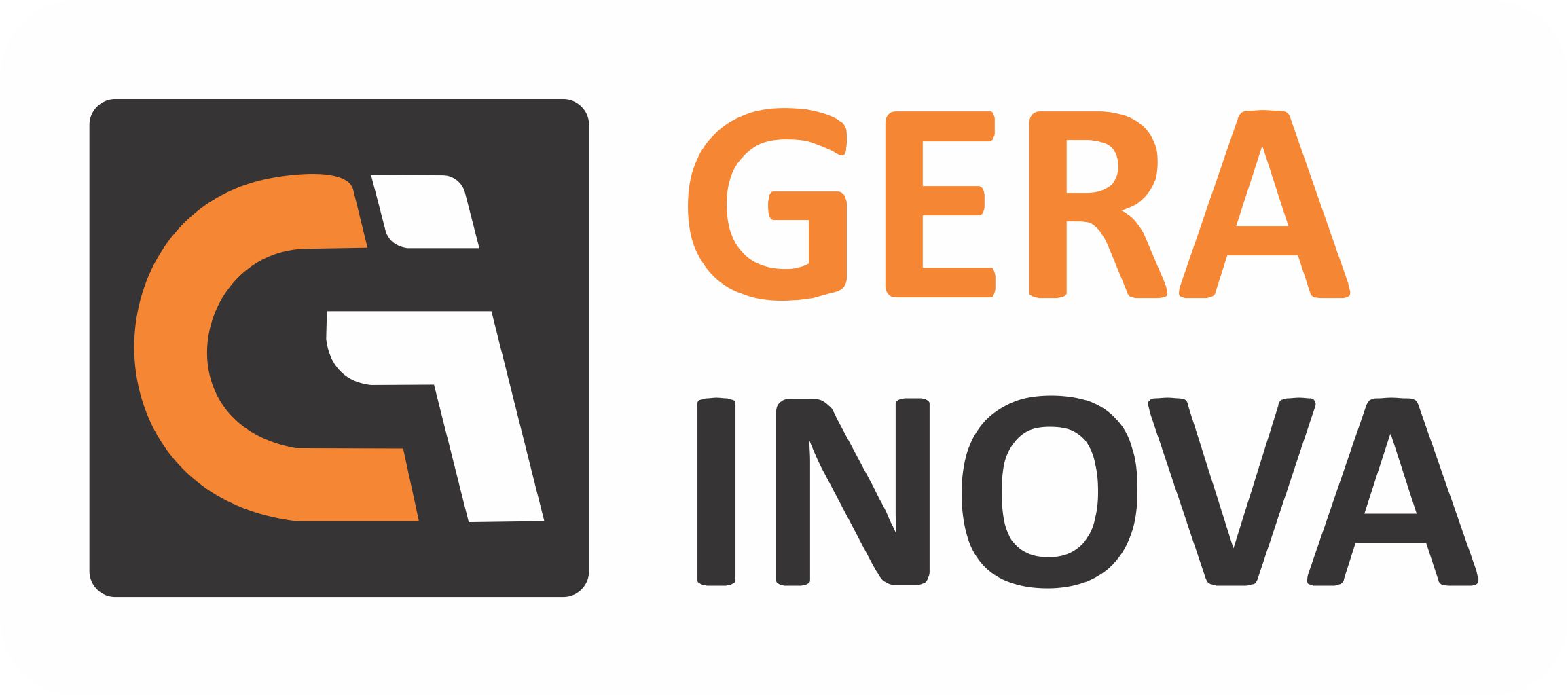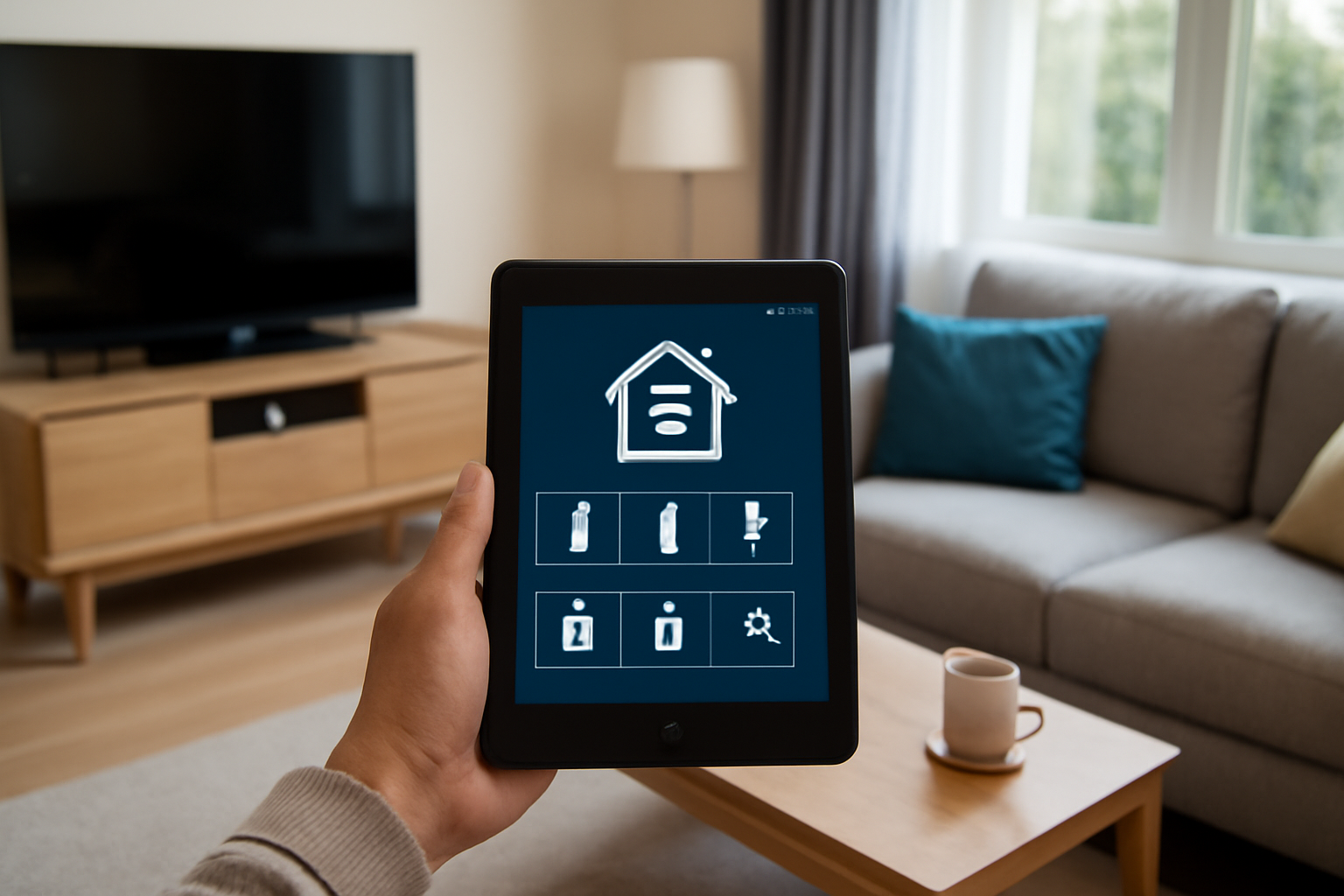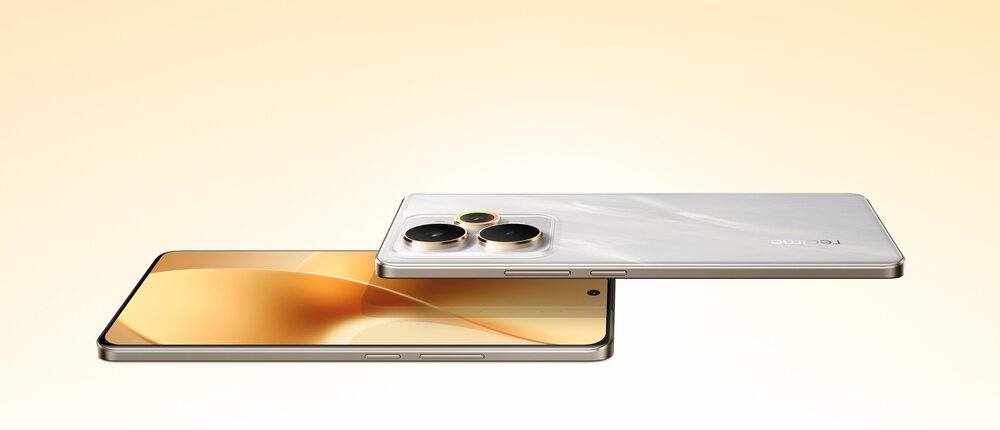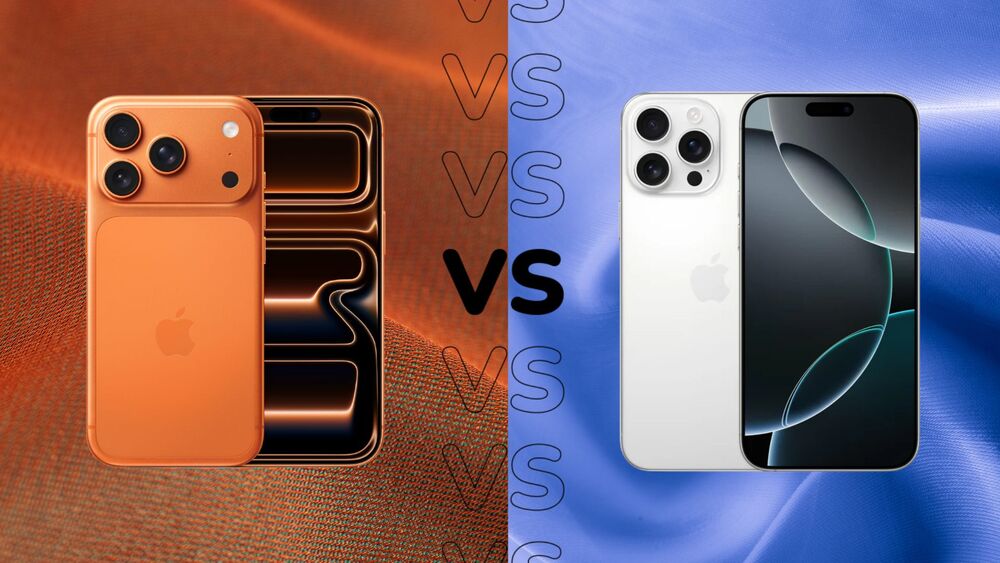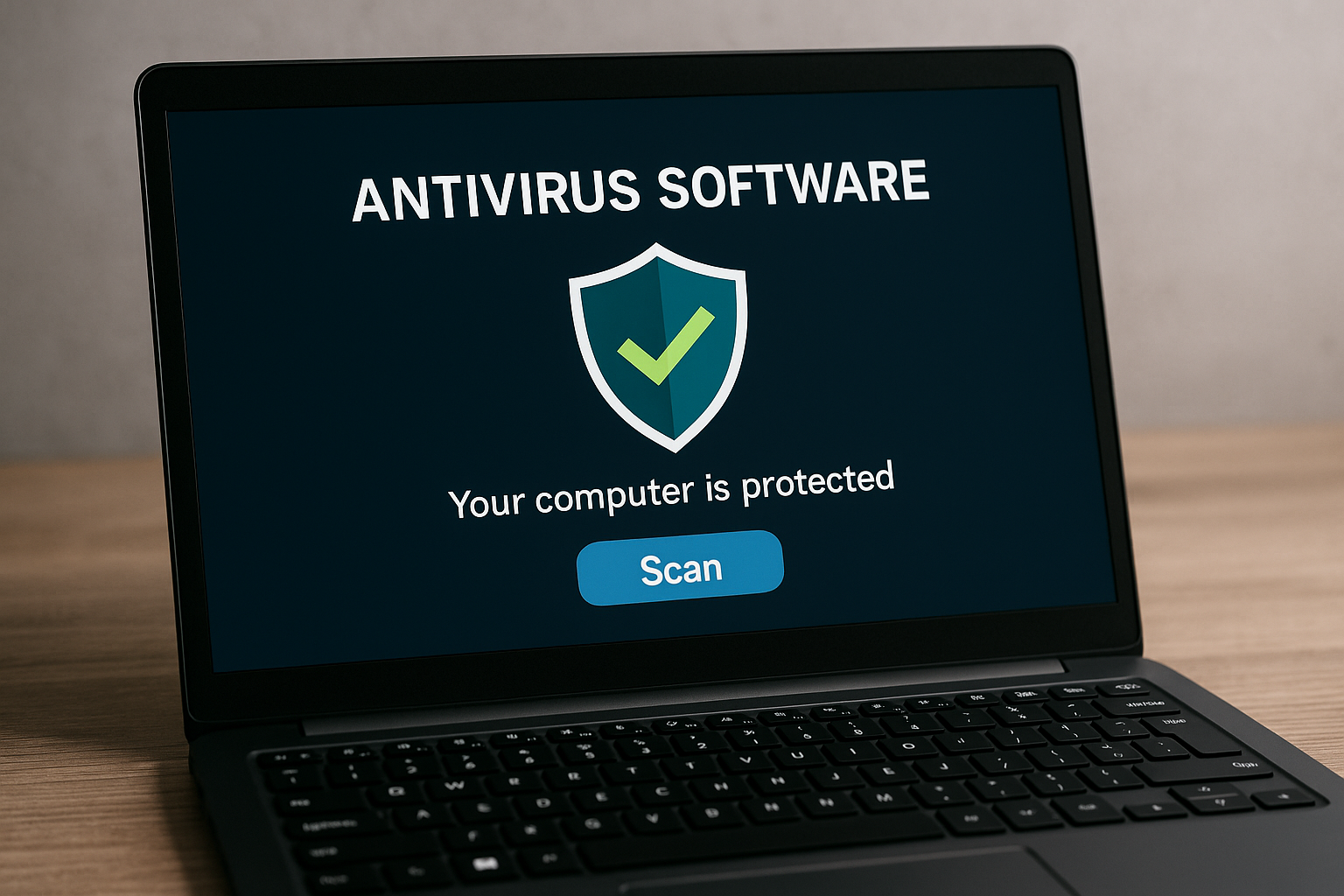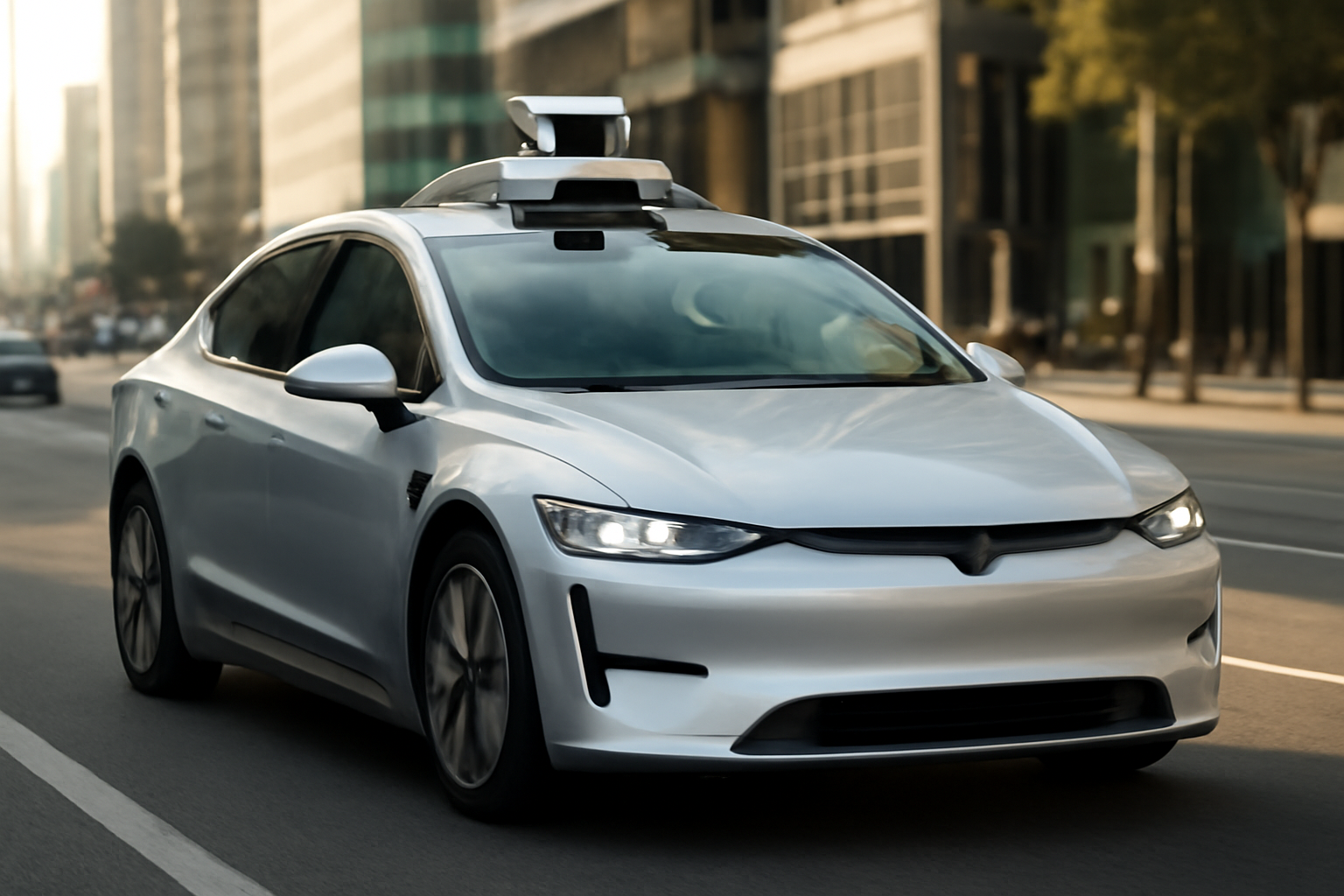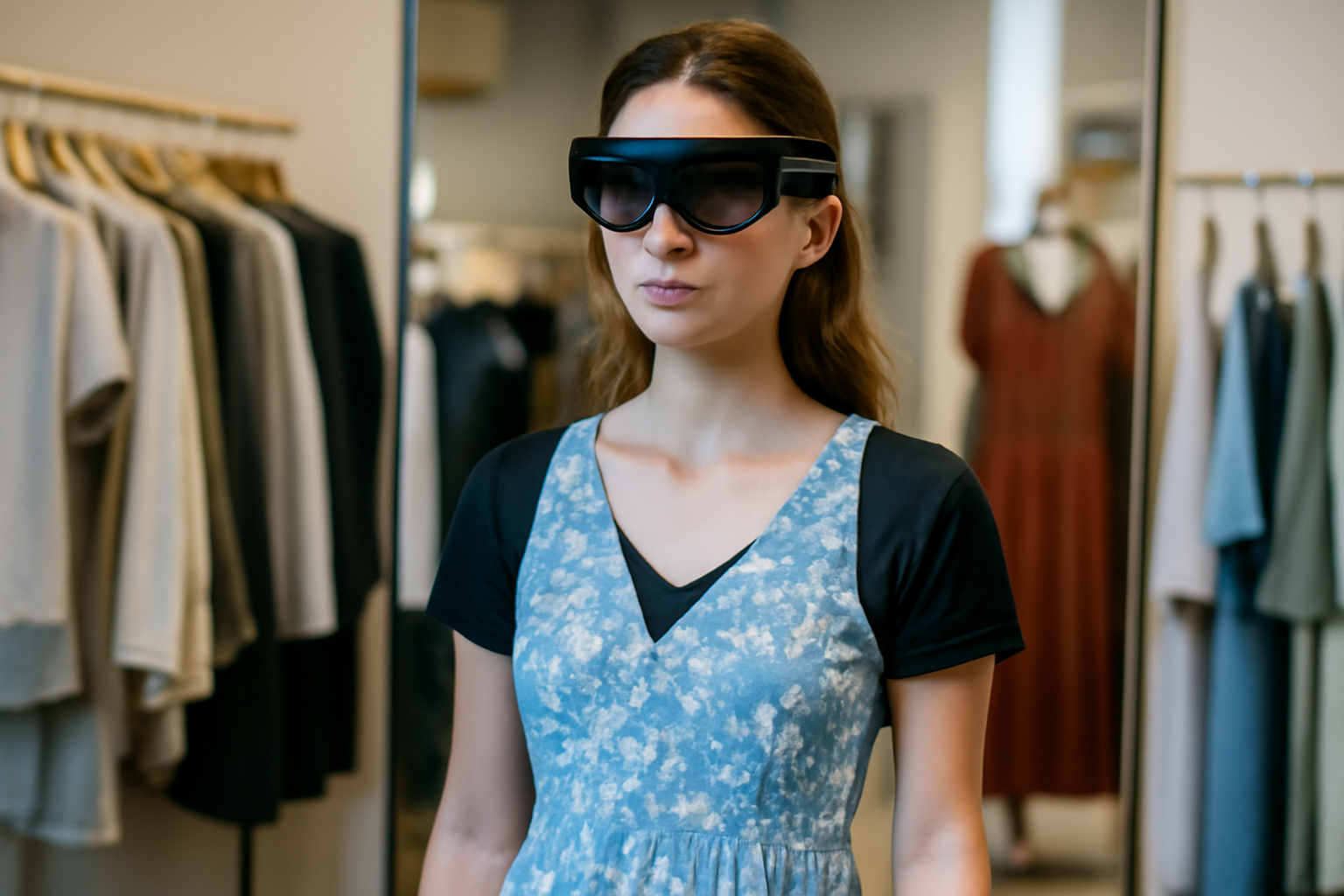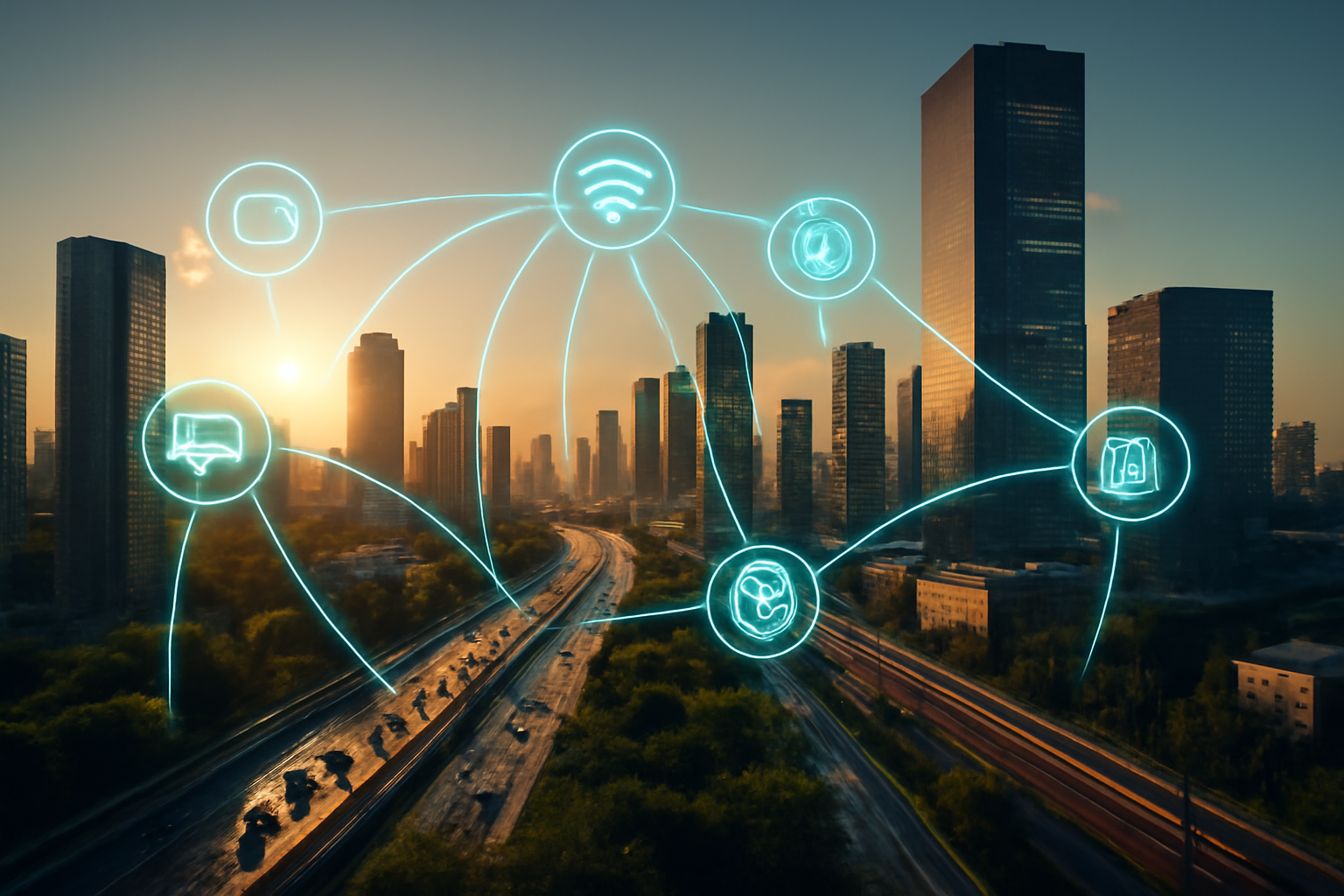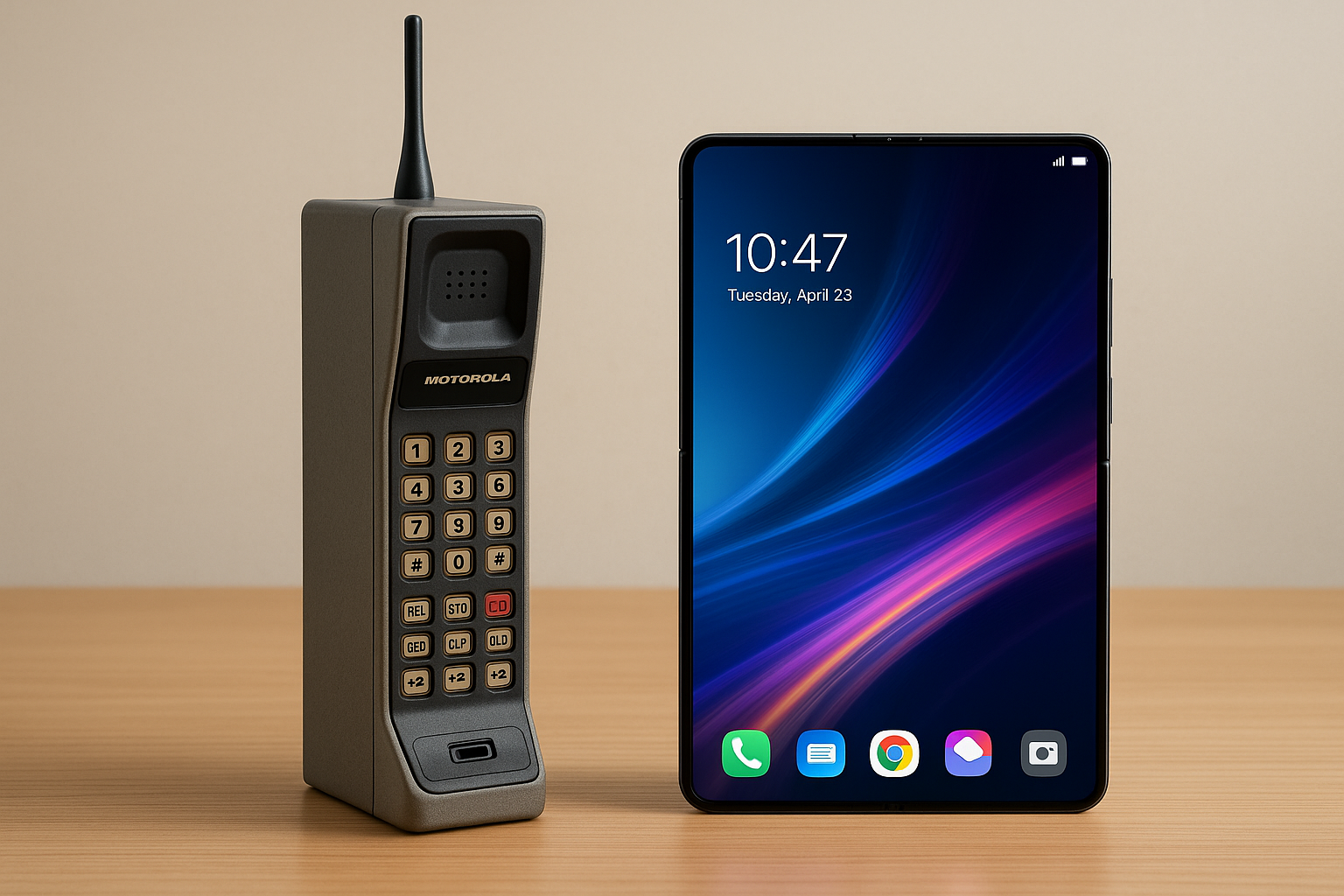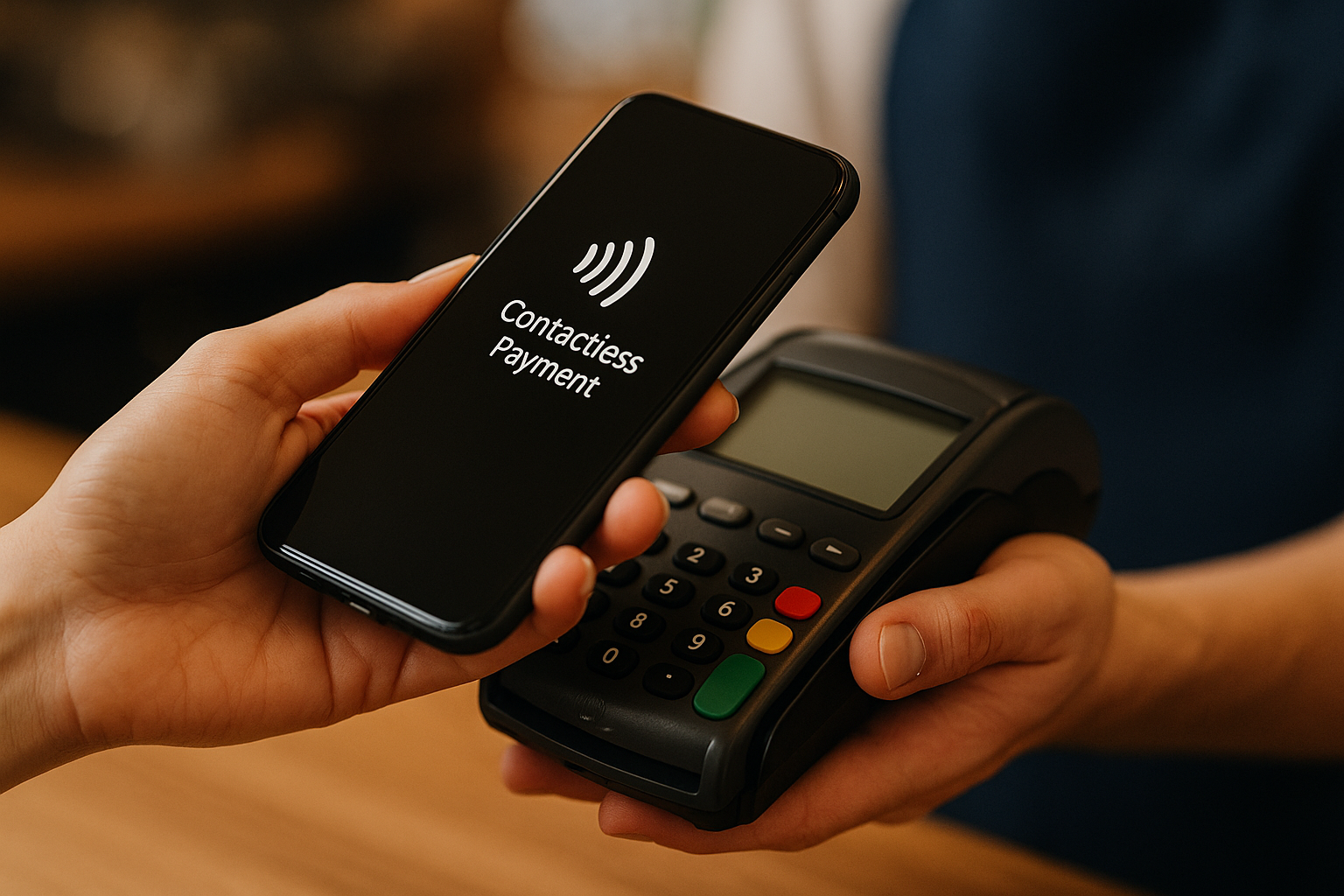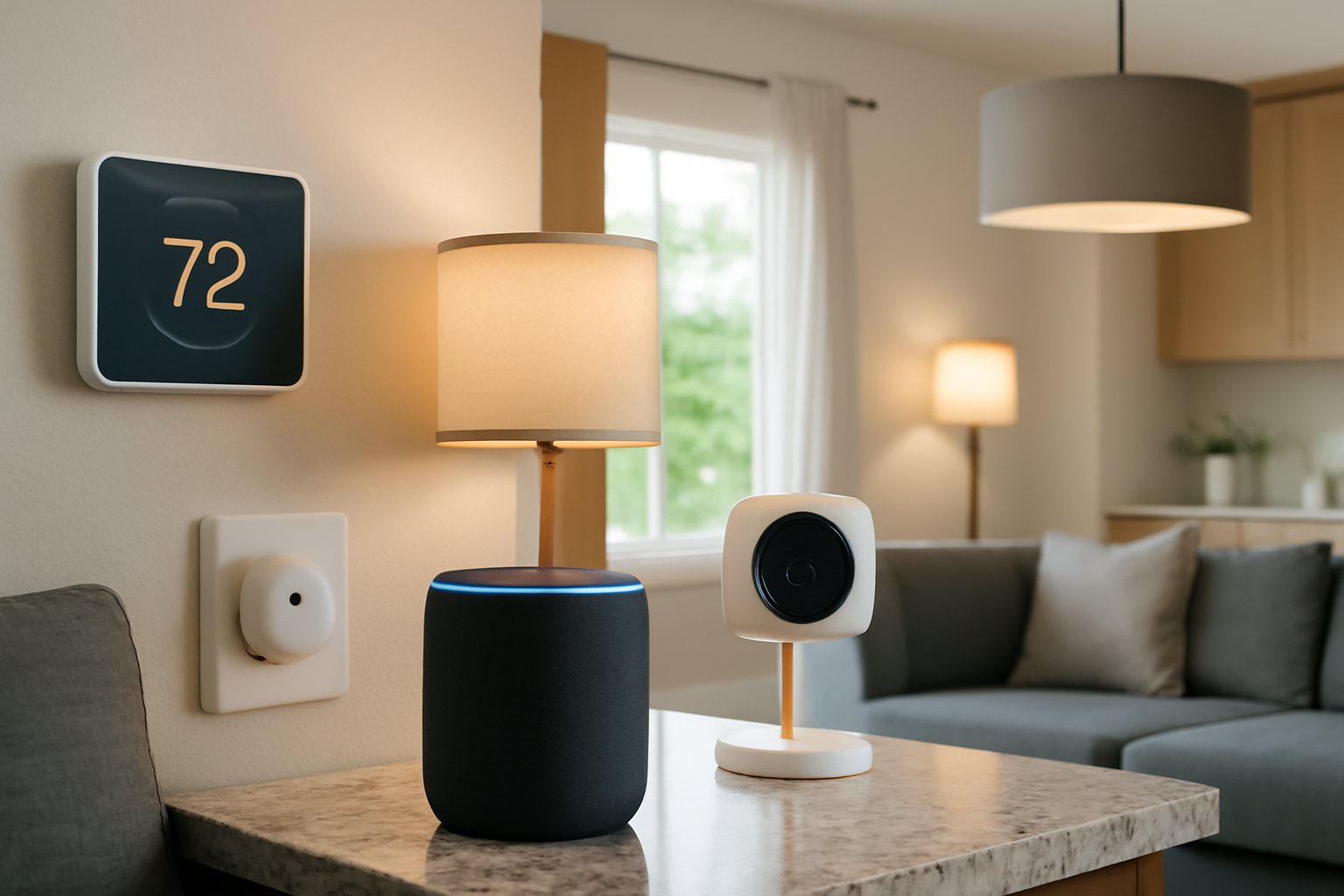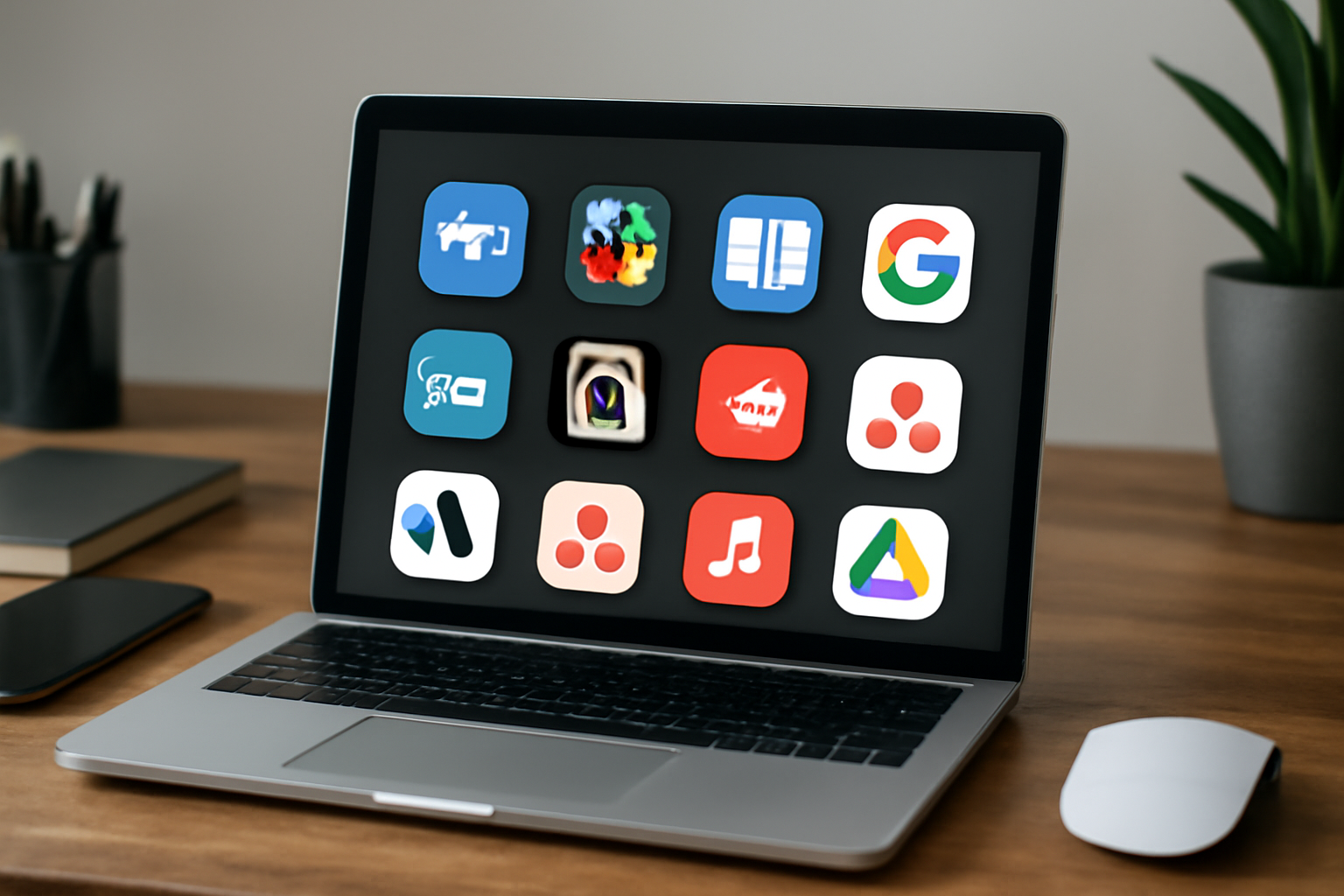The concept of smart homes has been steadily evolving for years, with the Internet of Things (IoT) at the heart of this transformation. Imagine a home where your thermostat adjusts the temperature before you even arrive, lights automatically dim to create the perfect ambiance, and your coffee machine brews your favorite cup before you even step out of bed. These conveniences are no longer confined to futuristic dreams — they are becoming reality thanks to IoT technology.
In this article, we’ll explore the Internet of Things and how it can be used to automate various aspects of your home. From energy management and security to entertainment and daily routines, IoT has the potential to significantly enhance the way you live. By the end, you’ll have a better understanding of the possibilities IoT offers and how you can integrate it into your own home for greater comfort, efficiency, and control.
1. What is the Internet of Things (IoT)?
Before diving into the ways you can automate your home with IoT, it’s important to understand what IoT is. Simply put, the Internet of Things refers to a network of physical devices, appliances, and systems that are connected to the internet and can communicate with one another. These devices can collect and exchange data, allowing them to be controlled remotely or to function autonomously based on pre-set conditions.
For example, an IoT-enabled smart thermostat can monitor your home’s temperature and adjust it based on your habits, learning from your preferences over time. It communicates with your other smart devices, like a smart speaker, to allow voice control, ensuring that your home environment is always at the ideal temperature.
2. What Can You Automate with IoT in Your Home?
2.1 Smart Thermostats: Control Your Climate with Ease
One of the most popular and practical uses of IoT in homes today is the smart thermostat. Devices like the Nest Thermostat or Ecobee allow you to automate the heating and cooling of your home based on your schedule and preferences. These devices can be controlled via a smartphone app or through voice assistants like Amazon Alexa or Google Assistant.
- Energy Efficiency: A smart thermostat can help you save on energy bills by adjusting the temperature when you’re not home or when you’re sleeping. It can also learn your routines, optimizing energy use without sacrificing comfort.
- Remote Control: You can change the temperature remotely, ensuring your home is always at the right temperature when you arrive, whether it’s a cool, comfortable setting in the summer or a warm, cozy environment in the winter.
2.2 Smart Lighting: Adjusting Light Based on Your Mood and Schedule
Gone are the days of manually flipping switches or fumbling with dimmers. Smart lighting systems, like Philips Hue or LIFX, allow you to automate the lighting in your home based on your routines, time of day, or even your mood.
- Scene Creation: You can create lighting “scenes” that suit specific activities, such as dimming the lights for movie night or brightening them for reading or working.
- Automation: Smart lights can be programmed to turn on or off at specific times or based on motion detection. For instance, your kitchen lights can turn on when you walk into the room in the morning, or they can automatically turn off after you leave.
In addition to convenience, smart lighting also offers energy efficiency by ensuring that lights aren’t left on unnecessarily, further reducing your home’s energy consumption.
2.3 Smart Security Systems: Keep Your Home Safe and Secure
Security is a top priority for any homeowner, and smart security systems are an excellent way to automate and enhance your home’s protection. From smart cameras to doorbell cameras and motion sensors, IoT devices offer unparalleled control over your home’s security.
- Smart Cameras and Doorbells: With devices like Ring or Nest Cam, you can monitor the outside of your home in real-time, receive notifications about motion or doorbell presses, and even communicate with visitors remotely. These cameras can also integrate with your home’s smart lighting system, turning on lights automatically when motion is detected.
- Smart Locks: IoT-enabled smart locks, such as August Smart Lock or Schlage Encode, allow you to lock or unlock your doors remotely, grant temporary access to guests, or even schedule times when the door should be unlocked automatically (e.g., when you arrive home).
- Motion Sensors: Motion detectors can be placed around your home, alerting you to movement in specific areas and triggering actions like turning on lights or activating security cameras.
With these devices, you can have peace of mind knowing that your home is always monitored, whether you’re at home or away.
2.4 Smart Kitchen: Automating Your Daily Cooking Routine
In the kitchen, IoT devices can save you time and streamline your cooking process. Smart kitchen appliances can automate many tasks that were previously time-consuming or required manual input.
- Smart Refrigerators: Modern smart refrigerators, like those from Samsung or LG, can keep track of your groceries, suggest recipes based on what’s inside, and even send you alerts when you’re running low on certain items. Some models even allow you to view the contents of your fridge remotely through an app.
- Smart Ovens: Smart ovens like June Oven or Tovala can automate cooking by adjusting the temperature and cooking times based on the type of food you’re preparing. These ovens can also be controlled via smartphone apps, so you can preheat them before you get home or check the progress of your food while you’re in another room.
- Smart Coffee Makers: Imagine waking up to the smell of freshly brewed coffee. With a smart coffee maker like Nespresso Expert or Hamilton Beach FlexBrew, you can schedule your coffee to brew at a specific time or start the process remotely, ensuring your cup of coffee is always ready when you are.
These smart appliances not only make cooking more convenient but also help you reduce food waste by keeping track of inventory and expiration dates.
2.5 Smart Entertainment: Elevate Your Home Theater Experience
With IoT, you can automate your entertainment systems for an enhanced viewing or listening experience. Smart TVs, soundbars, and streaming devices offer a more immersive and hands-free approach to entertainment.
- Voice Control: Use voice assistants like Amazon Alexa or Google Assistant to control your entertainment system. You can turn on your TV, change channels, adjust volume, and even search for movies or shows, all without lifting a finger.
- Streaming Devices: Devices like Apple TV, Roku, or Amazon Fire TV Stick can integrate with your smart home system, allowing you to control your media preferences from your smartphone or voice assistant.
- Multi-Room Audio Systems: With systems like Sonos or Bose, you can create a multi-room audio setup where you can control the music in each room independently, play the same song throughout the house, or synchronize the audio with your TV for an immersive experience.
These devices take your home entertainment to the next level by combining convenience, comfort, and customization.
2.6 Smart Health and Wellness: Monitoring Your Health from Home
In 2025, IoT is not just about convenience — it’s also about health and wellness. Smart home devices can help you monitor your health and well-being in real-time.
- Smart Thermometers: IoT-enabled thermometers, such as Withings Thermo, allow you to track your temperature over time and provide insights into your health.
- Smart Scales: Devices like Fitbit Aria or Withings Body+ can track your weight, BMI, and body fat percentage and sync the data to apps that offer fitness advice or recommendations.
- Sleep Monitors: Smart beds, such as those from Sleep Number, can track your sleep patterns and adjust the mattress firmness for optimal comfort, helping you get better rest.
With these devices, you can stay on top of your health and take proactive steps to improve your well-being.
3. Benefits of Home Automation with IoT
3.1 Convenience and Comfort
The primary benefit of integrating IoT into your home is the increased convenience and comfort. With IoT-enabled devices, you can control various aspects of your home remotely or automate them to match your lifestyle. No more worrying about whether you left the lights on or forgetting to adjust the thermostat before leaving for vacation.
3.2 Energy Efficiency and Cost Savings
IoT devices are designed with energy efficiency in mind. Smart thermostats, lighting, and appliances can help reduce energy consumption by automatically adjusting based on your needs. Over time, these small savings can add up, lowering your utility bills.
3.3 Enhanced Security
IoT devices like smart security systems, cameras, and smart locks offer a higher level of security than traditional systems. They allow you to monitor your home remotely, receive alerts in case of unusual activity, and grant access to trusted individuals without compromising security.
3.4 Better Health Monitoring
With IoT devices, you can track your health metrics and receive personalized advice to improve your well-being. Smart devices help you monitor your sleep, diet, and exercise routines, ensuring that you’re on the path to a healthier lifestyle.
4. Future of IoT in the Home
As technology advances, the possibilities for IoT in the home are only expanding. In the future, we can expect even more advanced devices that not only respond to our needs but anticipate them. The integration of artificial intelligence (AI) and machine learning (ML) will allow these devices to learn from our behaviors, providing even more seamless and intelligent automation.
Moreover, 5G technology will further enhance the connectivity and speed of IoT devices, enabling real-time communication and automation that will make our homes smarter and more efficient than ever.
Conclusion
The Internet of Things is revolutionizing the way we live, offering unparalleled convenience, efficiency, and security in our homes. From smart thermostats and lights to automated kitchens and health monitoring devices, IoT is helping us create homes that are not only more comfortable but also smarter and more responsive to our needs.
As the technology continues to evolve, integrating IoT into your home will become even more accessible and essential. By investing in these devices today, you’re not just enhancing your living space; you’re future-proofing your home for the connected world of tomorrow.
